|
An Englishman
named Harry Pye, a mule
skinner and prospector, was delivering freight for the U.S. Army
from Hillsboro to Camp Ojo Caliente in 1879 when he discovered
silver in the canyon where Chloride is now located. After completing
his freighting contract, he and two others returned to the area
in 1881 and staked a claim. A tent city grew up nearby and then
a town, originally called Pyetown, then Bromide.
The name "Chloride" was
finally selected, after the high-grade silver ore found there.
It became the center for all mining activity in the area, known
as the Apache Mining District.
During the 1880s, Chloride had
100 homes, 1,000-2,000 people, eight saloons, three general stores,
restaurants, butcher shops, a candy store, a lawyer's office,
a doctor, boarding houses, an assay office, a stage line, a Chinese
laundry and a hotel. Residents
even hoped the town would become the county seat. The "Black
Range" newspaper operated from 1883 until 1897. (Apaches
attacked the Chloride store on Jan.
18, 1881, killing two and injuring one. Harry Pye was killed
by Apaches a few months later, apparently because his gun jammed.)
About $500,000 in silver and other
ore was taken out of the mining district. There was a total of
480 prospector holes, including at least The richest mine Apache
Mining District, was the Silver Monument, about 10 miles west
of town at the head of Chloride Creek. It produced about $100,000
by 1893.
Other mines in the area included
the Grey Eagle, the White Eagle, the U.S. Treasury, the Mayflower,
the St. Cloud, the Colossal, the Midnight, the Mountain King,
the Wall Street, the White Mountain and the New Era. Chloride
and the surrounding area began to decline with the silver panic
of 1893, when the country went on the gold standard and silver
prices dropped about 90 percent.
Area mines continued producing
ore mostly copper, lead and zinc -- from the turn of the century
until about 1931. The post office was open until 1956. About
20 people still live in Chloride, including Mr. and Mrs. Don
Edmund. They own a number of the old homes and buildings in town
and are restoring the Pioneer Store to open as a museum. (Courtesy Michael Cook)

Chloride, New Mexico
Courtesy Dolores Steele
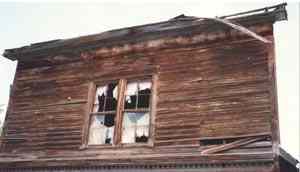
Chloride, New Mexico
Courtesy Dolores Steele
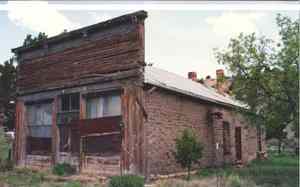
Chloride, New Mexico
Courtesy Dolores Steele
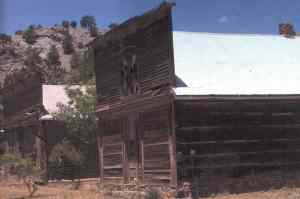
Chloride
Courtesy Kurt Wenner
|
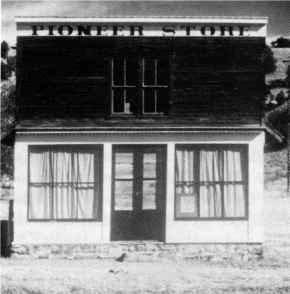
On Wall Street, Chloride's
main street, Pioneer Store was open 1881-1923. It is now on the
state list of Historic Buildings. (Courtesy Michael Cook)
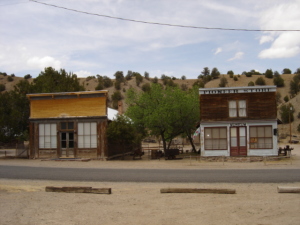
Saloon store and Pioneer store in Chloride New Mexico
Courtesy Doug Rodely
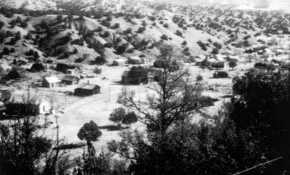
Chloride was the center of all mining
activity in the 12 producing mines.
(Courtesy Michael Cook)

Chloride, New Mexico
Courtesy Dolores Steele
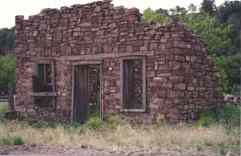
Chloride, New Mexico
Courtesy Dolores Steele

Chloride, New Mexico
Courtesy Dolores Steele
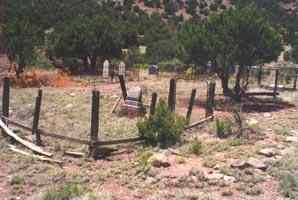
Chloride, New Mexico
Courtesy Dolores Steele

Chloride, New Mexico
Courtesy Dolores Steele

Chloride - Missile Trails by Pioneer store
Courtesy Greg Dalglish
|






